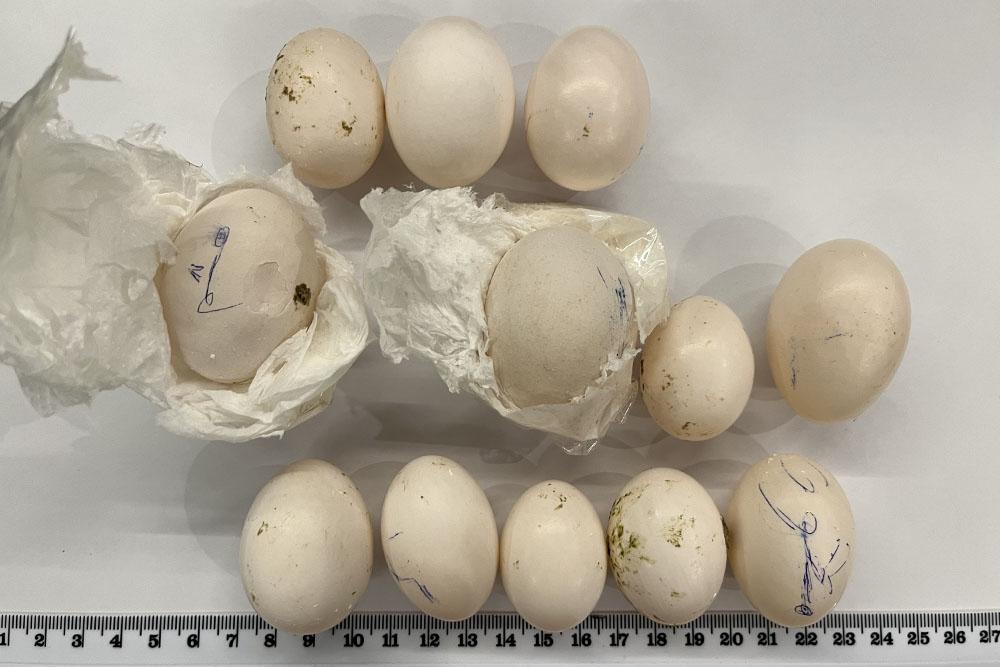The Biosecurity Commons is a biosecurity modelling platform that has demonstrated proof of concept. It launched in May this year and is currently available for use as a beta version.
The developers of Biosecurity Commons, led by Griffith University, aspired to building top-drawer scientific biosecurity modelling tools that are more easily available to the biosecurity community through an online platform. The work is being conducted as a collaboration between the Queensland government, Centre of Excellence for Biosecurity Risk Analysis, the Atlas of Living Australia, the Australian Research Data Commons, National Research Infrastructure for Australia, and the department. The project was initially co-funded by the Environmental Biosecurity Office and more recently by the Chief Plant Protection Office through the Plant Biosecurity Response Reform program.
Biosecurity Commons requires no software, no coding expertise, and no high-performance computing. Users can simply login using a browser and start modelling their biosecurity problems. The platform offers workflows that predict where to look for a disease, pest or weed, where it might arrive and establish, where it might spread, what impacts it might have, and also when a region is free from it. An additional workflow, which will be available later this year, will allow users to model the costs and time involved to eradicate or control a disease, pest or weed. Users can also upload their own data and have access to thousands of plug-and-play datasets.
The platform aims to foster innovation and bridge the gap between cutting-edge science and practical implementation. It enables optimal use of analytical methods, leading to standardised high-quality results in risk analysis, spread modelling, surveillance design, and impact analysis. Biosecurity Commons promises to revolutionise the sector by promoting a collaborative environment, allowing assumptions, data, analyses and results to be re-used, shared, re-purposed or refined easily. This adaptability will result in significant cost savings and enhanced product quality over individual analyses done in isolation.
In the coming year the team will be engaging professionals in the biosecurity sector for training, and actively seeking feedback to refine the tools to ensure they are fit-for-purpose. If you would like to receive a demonstration, training, or provide feedback to tailor the available functionality, please get in touch below. The team will use real world biosecurity situations and demonstration data that can serve as examples of best practice in biosecurity analytics. Please also contact them if you are interested in exploring resourcing of additional use cases for different species or specific methods.
To find out more and sign up to the platform visit www.biosecuritycommons.org.au or email contact@biosecuritycommons.org.au for further information.




